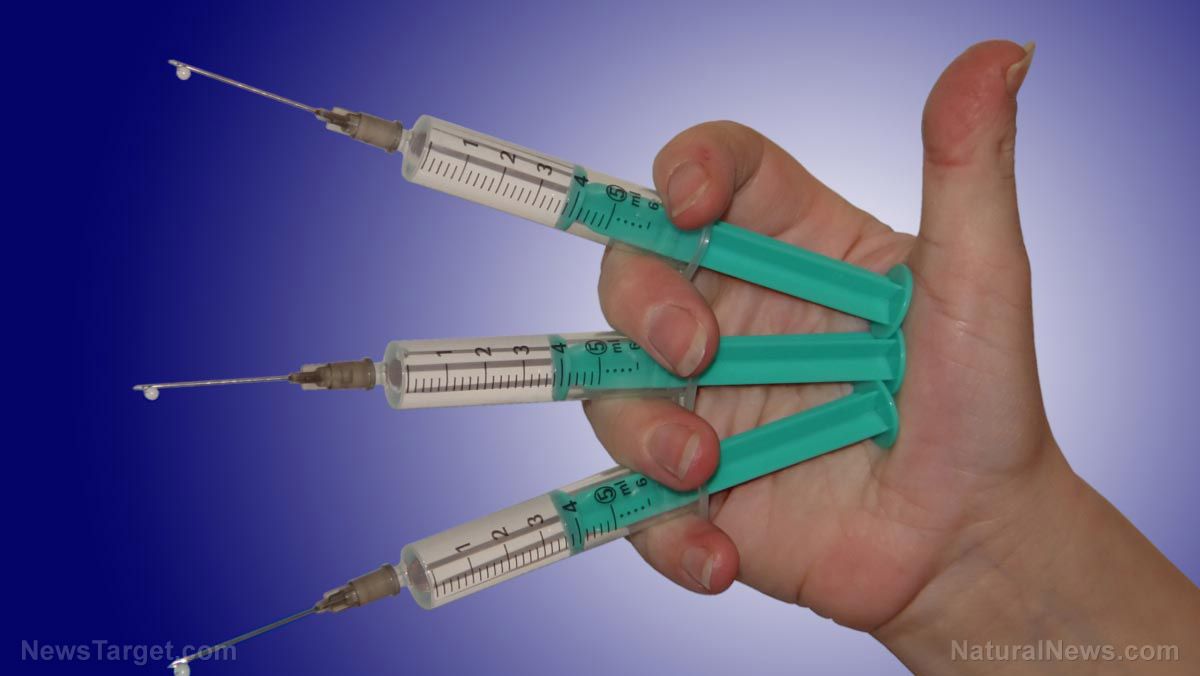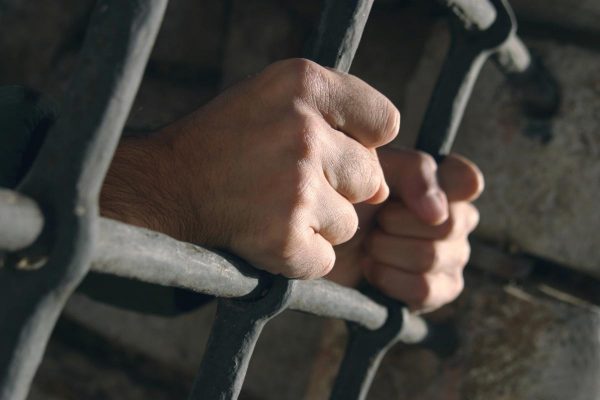Study finds surgery patients only use about one-third of the opioid pain relief they receive, illustrating the overprescription problem for addictive pills
12/23/2017 / By Michelle Simmons

A study finds that surgery patients use about a third of the opioid pain relief they receive. This shows that overprescription has contributed to the opioid epidemic. The study shows how patients use their medicines and educates both surgical teams and patients on pain control.
A group of researchers from the University of Michigan (U-M) wanted to develop and test guidelines for surgery-related pain control with opioids, because there are no existing national guidelines for this. For the study, they started with a common surgical operation gallbladder removal. They interviewed 100 out of the 170 patients that were treated at Michigan Medicine and discovered that the amount of opioid painkiller these patients had taken after their operation averaged 30 milligrams, or approximately six pills. This indicates that they did not consume all of the prescribed pills, because this is only one-third of the average prescription of 250 milligrams or about 50 pills of opioid medications for each patient. With these findings, the surgeons from U-M gave the researchers the go-signal to develop and test lower prescribing guidelines, combined with a new patient education effort about pain control.
The results showed that the average prescription for the initial 200 new patients decreased by 66 percent, which was 75 milligrams of opioids or 15 pills. The number of patients getting a prescription for non-opioid painkillers increased more than two times, while the requests for opioid refills did not increase. Moreover, 86 patients who received the smaller prescriptions reported the same level of pain control similar to those who were treated before, even though they took less of their opioid medicine, around 20 milligrams.
“For a long time, there has been no rhyme or reason to surgical opioid prescribing, compared with all the other efforts that have been made to improve surgical care. We’ve been overprescribing because no one had ever really asked what’s the right amount,” said Ryan Howard, the first author of the study.
The researchers used the data and interviews from former patients, cooperated with surgical leaders, and met with nurses, physician assistants, residents, and surgeons as part of the study. In addition, they also used the insights gathered from patient interviews to redesign patient education materials. Furthermore, Howard and his team recommends 15 opioid pills for gallbladder patients and believes that implementing the guidelines at U-M for gallbladder surgery has lessened the prescription of opioid pills for over 13,000 since it was first implemented.
“Nearly half of the prescriptions surgeons write are for pain medications, but traditionally we haven’t gotten any training or guidance in it. We hope that this framework we’ve developed can be applied to many more operations,” Howard said.
Natural ways to relieve pain
In 2015, there were about 12.5 million people who misused prescription opioids, which led to the epidemic. In order to further reduce the intake of opioid medications and prevent the abuse and addiction of the drug, there are natural remedies for pain relief. These include:
-
Willow bark – Willow bark has been used for centuries to ease inflammation, which is the cause of many aches and pains. Its bark contains the chemical called salicin. Today, it is sold as a dry herb that can be brewed like tea, or as a supplement in liquid or capsule form.
-
Turmeric – This contains the compound circumin, which is an antioxidant that helps protect the body from free radicals that destroy cells and tissue.
-
Cloves – Cloves, as a medicine, can help ease the pain from headaches, arthritic inflammation, and toothaches.
-
Acupuncture – This ancient Chinese medical practice can help relieve pain through balancing the natural energy pathways of the body.
-
Heat and ice – Hot or cold compress are the most common home remedies for pain. Apply an ice pack to lessen swelling and inflammation of a strained muscle, tendon, or ligament, then apply the heat pack to reduce the stiffness that comes with sprains and strains.
Read more stories on opioid epidemic at Opioids.news.
Sources include:
Tagged Under: Big Pharma, dangerous drugs, drug abuse, opioid epidemic, Opioids, overprescription, pain relief, pain relievers, prescription guidelines




















